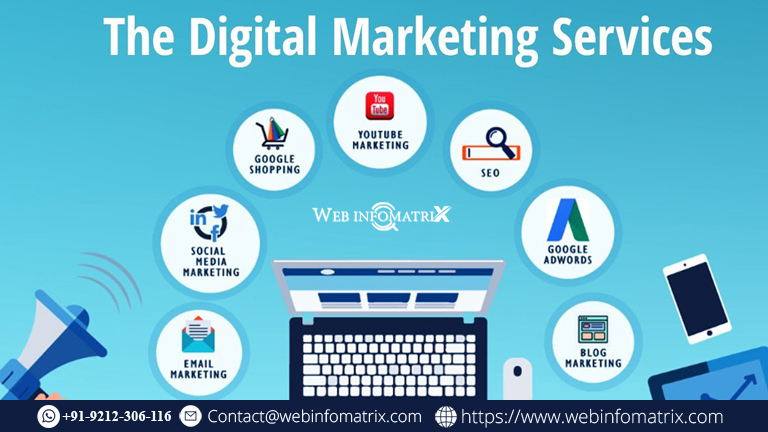Why is a Human Resources Business Partner Important?
Here in this article, we delve into why the role of a Human Resources Business Partner is crucial for driving employee engagement, organizational success, and sustainable growth.

Have you ever wondered how some organisations manage to consistently outperform their competitors while fostering a highly motivated and satisfied workforce? The secret often lies in the strategic role of a Human Resources Business Partner (HRBP). Unlike traditional HR roles that focus primarily on administrative tasks, an HRBP acts as a bridge between the HR department and business leadership, ensuring that human resources strategies align seamlessly with organisational goals. In today’s fast-paced and competitive business landscape, the importance of a human resources business partner cannot be overstated. Let’s delve into why this role is crucial for driving employee engagement, organizational success, and sustainable growth.
1. Strategic Alignment
One of the most critical functions of an HRBP is aligning HR practices with business objectives. They serve as strategic advisors to senior leaders, helping them navigate workforce challenges and optimise human capital.
-
Understanding Business Goals: HRBPs immerse themselves in the organisation’s mission, vision, and strategic priorities to understand what drives success.
-
Translating Business Needs: They translate these goals into actionable HR initiatives such as workforce planning, leadership development, and organisational design.
-
Driving Business Outcomes: By aligning HR strategies with business objectives, HRBPs contribute directly to outcomes like increased productivity, improved customer satisfaction, and enhanced profitability.
2. Talent Management
Attracting, nurturing, and retaining top talent is at the heart of every successful organisation. HRBPs play a pivotal role in managing the entire talent lifecycle to ensure the company has the right people in the right roles.
-
Recruitment and Selection: They collaborate with hiring managers to identify talent needs and develop tailored recruitment strategies that attract high-calibre candidates.
-
Onboarding Programs: HRBPs design onboarding processes that help new employees integrate seamlessly into the company culture while becoming productive quickly.
-
Performance Management: They implement systems that provide employees with regular feedback, clear goals, and opportunities for professional growth.
-
Succession Planning: HRBPs identify high-potential employees and create development plans to prepare them for future leadership roles.
3. Employee Engagement
Engaged employees are more productive, innovative, and committed to their organisations. HRBPs play a key role in fostering a culture of engagement by addressing employee needs and creating initiatives that boost morale.
-
Conducting Employee Surveys: They design surveys to measure employee satisfaction, identify engagement drivers, and pinpoint areas for improvement.
-
Developing Engagement Programs: HRBPs create initiatives such as recognition programs, wellness activities, team-building events, and career development opportunities to keep employees motivated.
-
Resolving Employee Concerns: Acting as trusted advisors, they address employee concerns promptly and work to resolve conflicts effectively.
4. Change Management
Organisations must constantly adapt to evolving market conditions, technological advancements, and customer demands. HRBPs are instrumental in helping businesses navigate change by managing its impact on employees.
-
Communicating Change Initiatives: They ensure employees understand why changes are happening and how they will benefit the organisation.
-
Providing Training and Support: HRBPs equip employees with the tools they need to embrace new technologies or processes through targeted training programs.
-
Managing Resistance: By addressing resistance proactively, they help employees overcome fears or uncertainties about change.
5. Compliance and Risk Management
HR compliance is essential for protecting an organisation from legal risks while maintaining ethical standards. HRBPs ensure that policies are not only compliant but also aligned with best practices.
-
Developing Policies: They create policies that comply with federal, state, and local laws while reflecting organisational values.
-
Handling Employee Relations Issues: From discrimination complaints to workplace harassment cases, HRBPs investigate issues thoroughly while maintaining confidentiality.
-
Mitigating Legal Risks: They proactively identify potential risks associated with employment practices and take steps to minimise exposure.
6. Data-Driven Decision Making
In today’s data-centric world, HRBPs leverage analytics to make informed decisions that drive continuous improvement across the organisation.
-
Tracking Key Metrics: Metrics like turnover rates, absenteeism levels, employee satisfaction scores, and training effectiveness provide valuable insights into workforce health.
-
Identifying Trends: By analysing data trends over time, HRBPs can identify emerging issues such as skills gaps or declining engagement levels.
-
Making Recommendations: Armed with data insights, they propose actionable solutions to improve processes or address workforce challenges.
7. Building Leadership Capacity
HRBPs don’t just focus on employees—they also work closely with leaders to enhance their management capabilities. Strong leadership is essential for driving team performance and achieving organizational goals.
-
Leadership Development Programs: They design programs that equip leaders with skills like effective communication, conflict resolution, and strategic thinking.
-
Coaching Leaders: HRBPs provide one-on-one coaching sessions to help leaders navigate challenges or improve their managerial style.
-
Promoting Collaboration: By fostering collaboration between departments or teams through leadership initiatives, they break down silos within organisations.
8. Enhancing Company Culture
A positive company culture attracts top talent while retaining existing employees. HRBPs play a vital role in shaping this culture by aligning it with organisational values.
-
Defining Core Values: They help articulate core values that reflect the company’s identity and mission.
-
Promoting Inclusivity: HRBPs champion diversity initiatives that create an inclusive environment where all employees feel valued.
-
Celebrating Successes: From recognising individual achievements to celebrating team milestones, they foster a culture of appreciation.
Conclusion: The Value of an HRBP
In today’s competitive landscape, organisations need more than traditional administrative support from their HR teams—they need strategic partners who can drive business success through people-focused strategies. A skilled Human Resources Business Partner bridges the gap between business goals and workforce needs by aligning human capital strategies with organisational objectives. Their contributions span talent management, employee engagement, compliance enforcement, change management support—and much more—making them indispensable for modern businesses.
For companies in Melbourne seeking expert guidance from seasoned professionals who understand the unique challenges of managing people effectively in today’s environment, HR Gurus offers tailored solutions designed to unlock your organisation’s potential. Contact us today to learn how we can help elevate your workforce strategy!
What's Your Reaction?




















